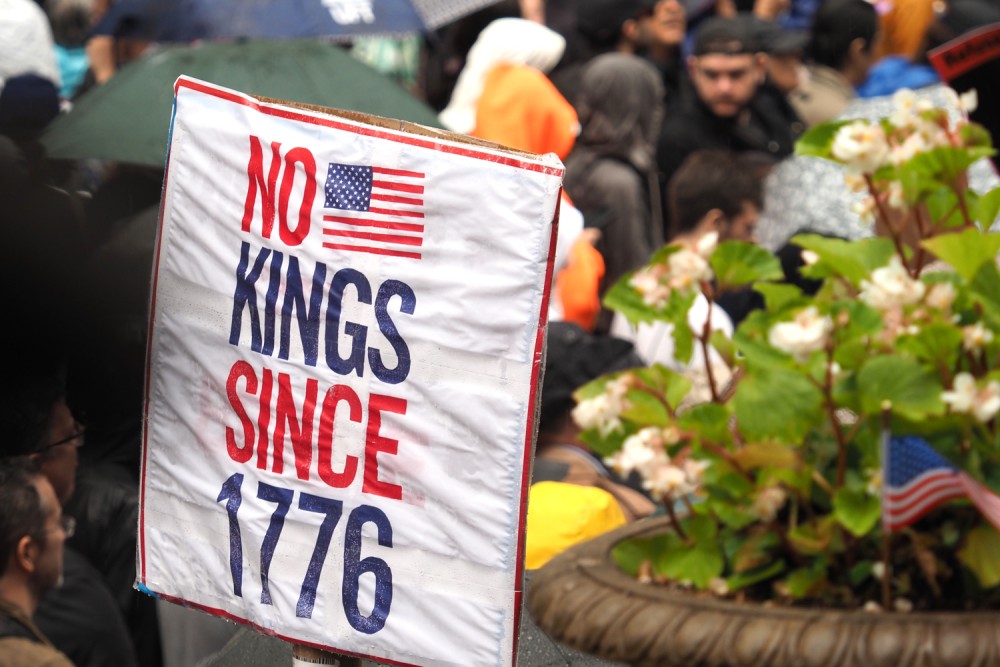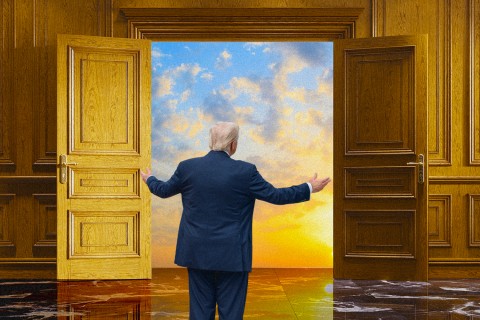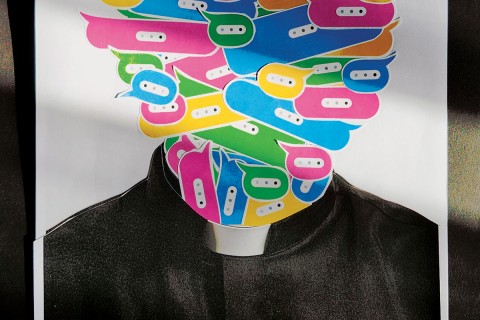Rehearsing for the revolution
The No Kings protests made their politics real to everyone who watched—including the state.

A No Kings protest in New York City in June (Photo: RoySmith / Wikimedia Commons)
On the day of Trump’s military parade in DC, I huddled among comrades and friends at Daley Plaza, Chicago, while thousands gathered for the No Kings protest. A flock of birds descended while rage bubbled to the crowd’s surface. I imagined those birds as God’s holy signature, a blessing over the river of protestors. Kendrick Lamar’s “Not Like Us” billowed through the crowd as anti-Trump signs bobbed to the rhythms of collective movement. I marched among an estimated 75,000 people.
It was inevitable that the Trump administration’s policies would inspire gatherings such as we saw in Chicago, Pittsburgh, Seattle, DC, San Francisco, and, of course, Los Angeles, where Trump once again exploited bloated executive powers to deploy the military. It was much more surprising, however, that suburban satellites became sites of mass mobilization too, including Joliet, Elmhurst, and Naperville, suburbs of Chicago not known for leftist, let alone progressive, political mobilization. Dissatisfaction with this administration’s policies runs high. I carried the desire for change close to my heart as I marched toward Trump Tower in solidarity with friends and strangers.
I also recognize the limits of this kind of demonstration. As the English essayist, art critic, painter, and novelist John Berger argued, protests are more “rehearsal” for “revolutionary change” than change itself. Berger was an artist and a political radical who believed in organizing for a world with legitimate freedom for everybody. When he accepted the prestigious Booker Prize for his novel G in 1972, he spoke of the novelist as “one who is concerned with the intersection between individual and historical destiny….The historical destiny of our time is becoming clear. The oppressed are breaking through the wall of silence which was built into their minds by their oppressors.”




